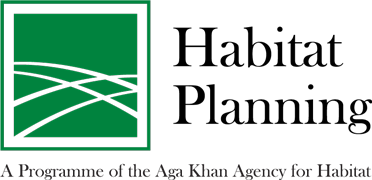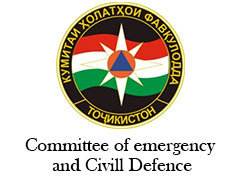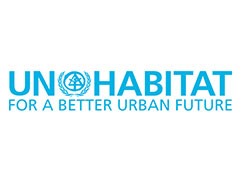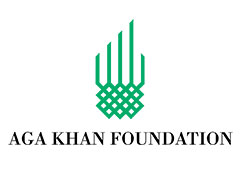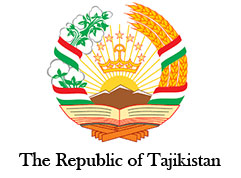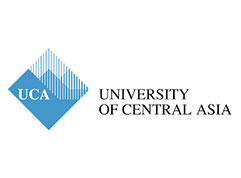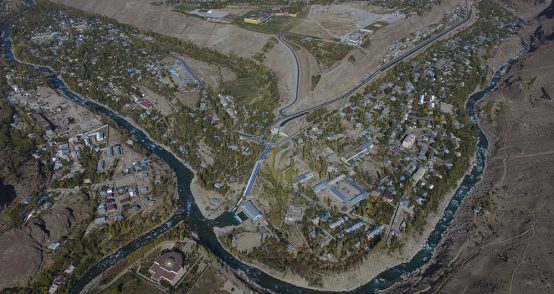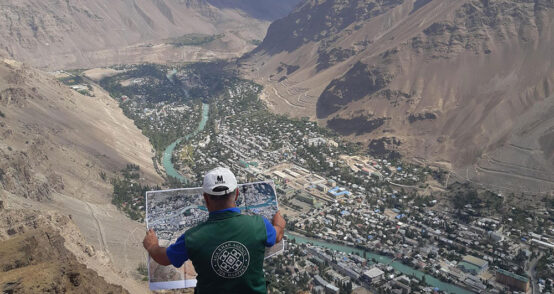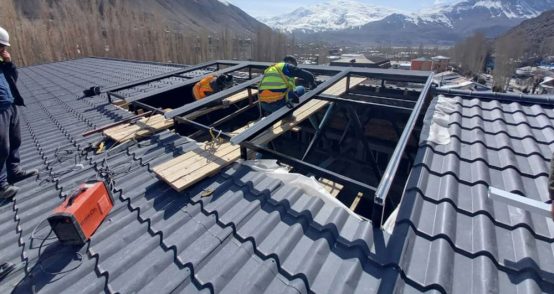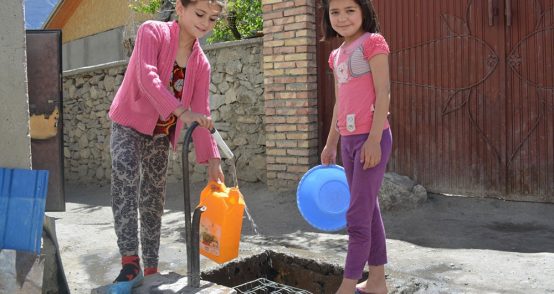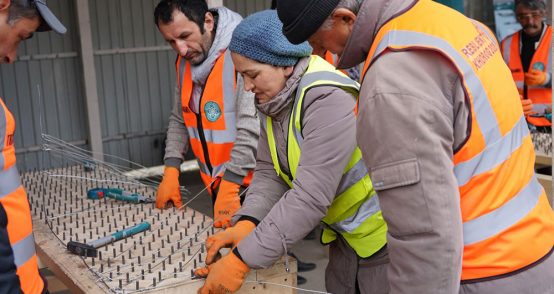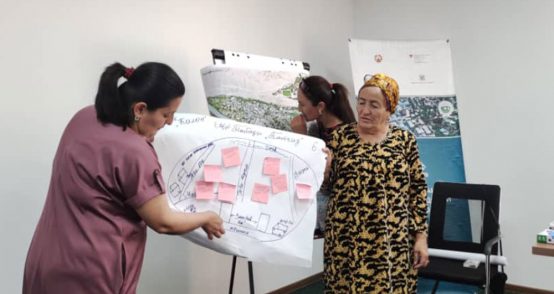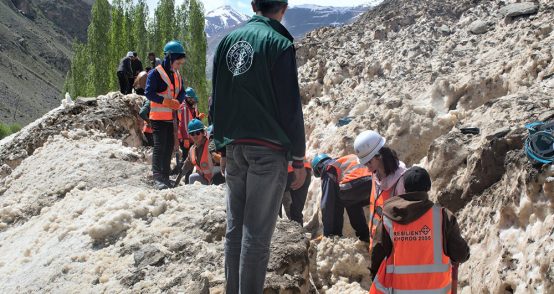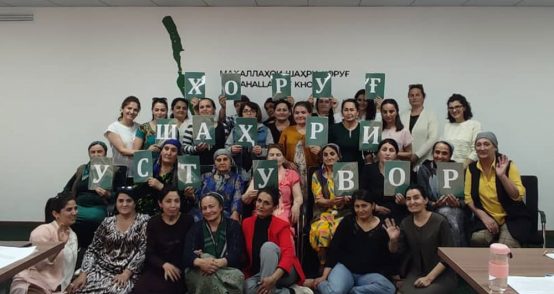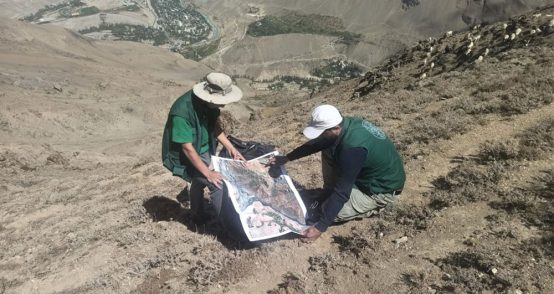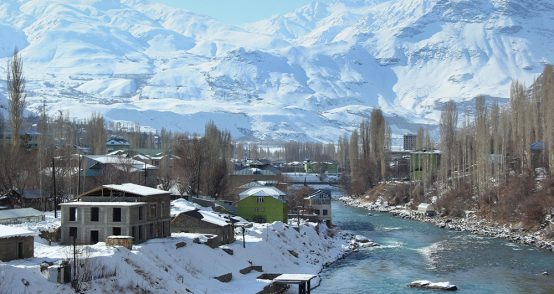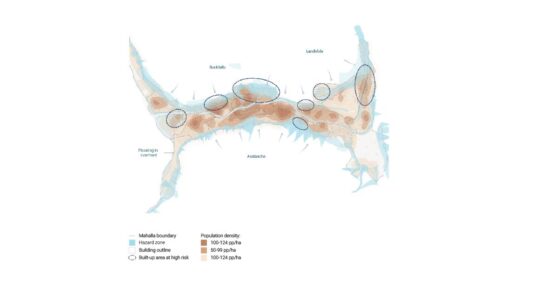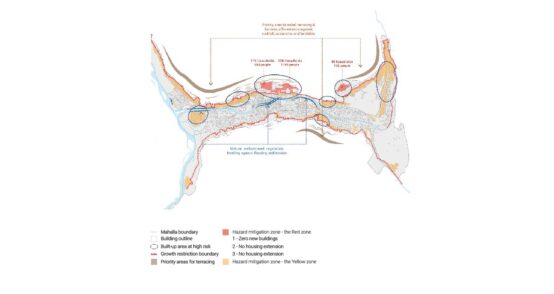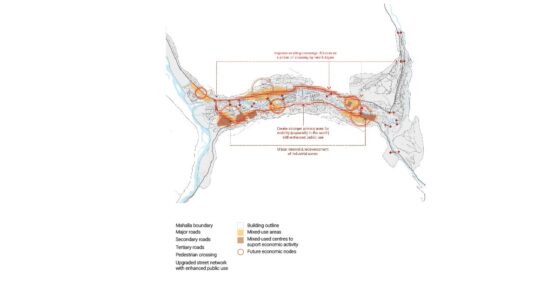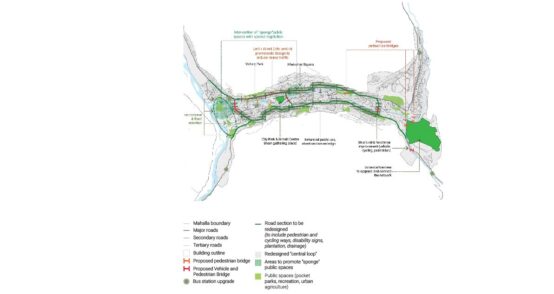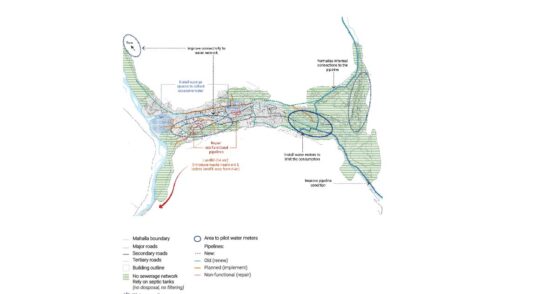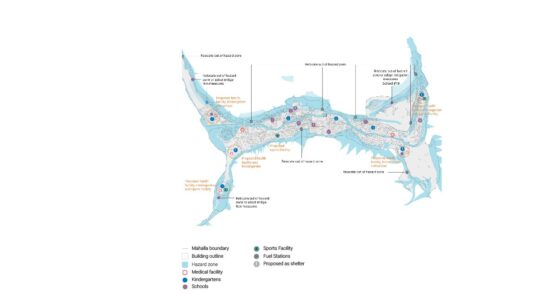Launched in 2020, the Khorog Urban Resilience Programme (KURP) is a multi-stakeholder programme to transform Khorog, an at-risk mountain city of 40,000 in Tajikistan, into a model resilient city through inclusive, disaster and climate resilient planning.
KURP is a multi-year partnership between the Government of Tajikistan, the Swiss State Secretariat for Economic Affairs (SECO), UN-Habitat, and the Aga Khan Development Network with co-funding from the EU and the Embassy of Japan.
The programme works to strengthen the capabilities of public, private and community institutions at the national and municipal levels in resilient planning and demonstrate the value of resilience tools through innovative proof of concept projects. It seeks to develop and implement unique approaches for inclusive and resilient planning within secondary/ intermediary cities and create a resilience knowledge base. Finally, it mobilises investments for demonstration projects to decrease risks to key infrastructure from natural hazards and environmental deterioration, thereby increasing economic growth.
The project will promote Khorog as an example of a model resilient city in the country and localise the national commitment to the 2030 Agenda for Sustainable Development, the New Urban Agenda, the Sendai Framework for Disaster Risk Reduction, the Paris Agreement on Climate and the Dushanbe Declaration for the International Decade on Water Action.
